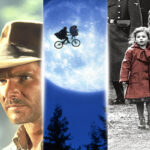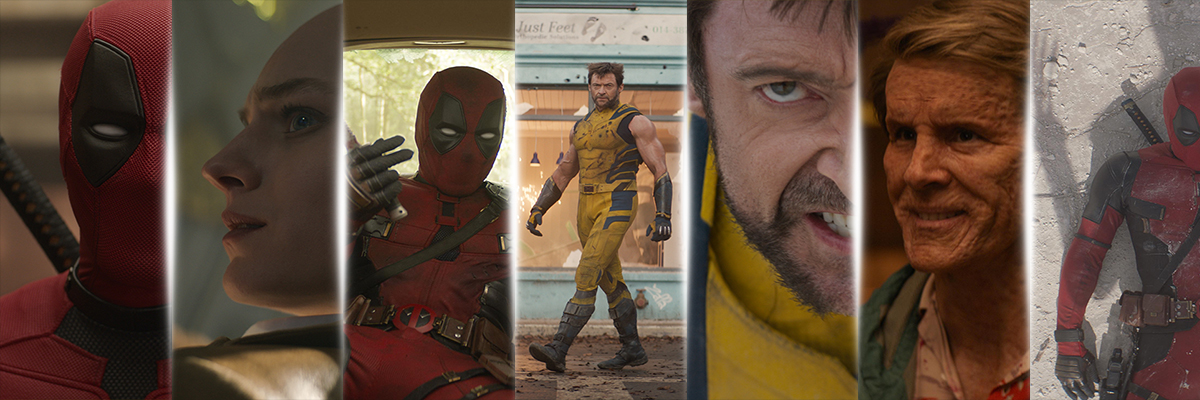
Movie Review – Wolverine and Deadpool
The cinematic world is buzzing with anticipation as Wolverine and Deadpool join forces in their latest big-screen adventure. This highly anticipated film brings together two of Marvel’s most beloved characters, portrayed by Hugh Jackman and Ryan Reynolds, in a thrilling multiverse saga. As the next chapter in the X-Men franchise unfolds, fans are eager to see how this dynamic duo will navigate the complexities of time and space.
This comprehensive review delves into the heart of the Wolverine and Deadpool 2024 film, exploring its connection to previous installments and its place in the ever-expanding Marvel universe. We’ll examine the movie’s use of nostalgia, its exploration of the multiverse concept, and the inclusion of fan-favorite cameos. Additionally, we’ll analyze the technical aspects of the film, its cultural impact, and how it stacks up against other superhero blockbusters in this era of comic book adaptations.
1. Comparison to Previous Films
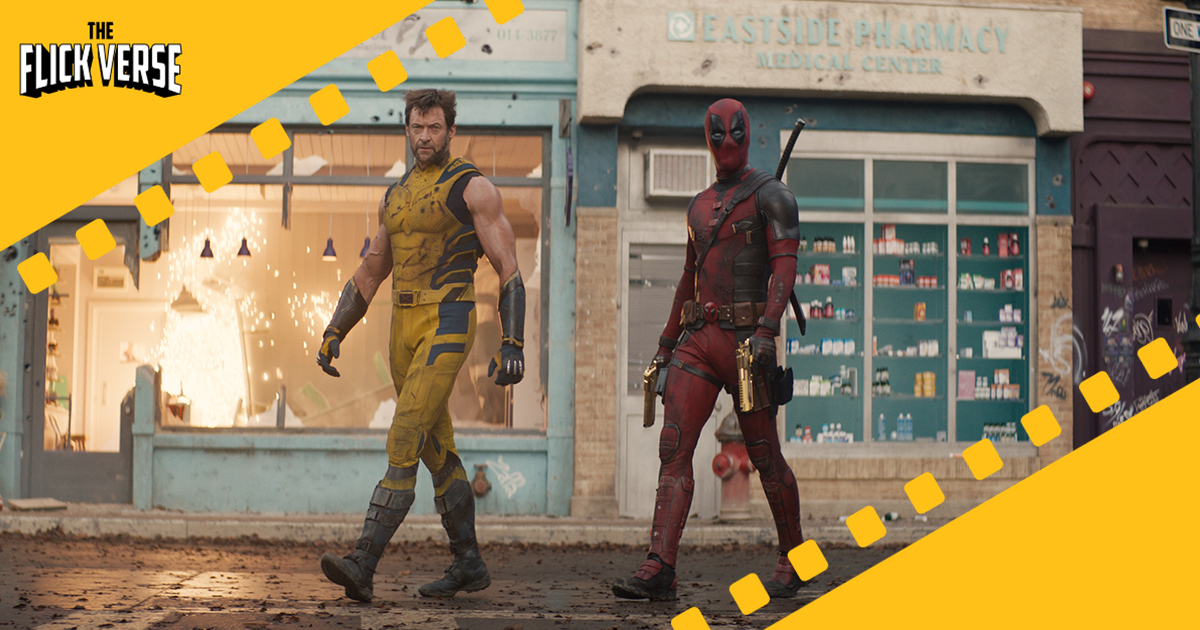
The Wolverine and Deadpool 2024 film stands as a unique entry in the Marvel universe, building upon the foundations laid by its predecessors while charting new territory. This installment has a significant impact on Fox’s X-Men timeline, potentially bridging gaps between various iterations of these beloved characters.
Deadpool 1 & 2
The first Deadpool movie embraced its connection to the wider X-Men universe, acknowledging Ryan Reynolds’ initial portrayal of the character in X-Men: Origins: Wolverine. In a clever nod to this history, the 2016 film featured Deadpool playing with an action figure of his muted counterpart from the earlier movie. This self-referential humor established the existence of multiple Deadpools within the franchise, foreshadowing the multiverse concept that would become central to the 2024 release.
The 2024 film takes this concept further, featuring a memorable montage where Wade Wilson searches for a Wolverine variant to help save his reality. This sequence showcases numerous previously unseen live-action versions of the character, including a Henry Cavill portrayal, a one-handed version from the Age of Apocalypse comics, and the “Patch” iteration from early solo comic issues. This expansion of the Deadpool universe adds depth to the character’s journey and provides ample opportunity for the franchise’s trademark humor and meta-commentary.
Logan
While Logan has generally been treated as a standalone entry in the X-Men franchise, the 2024 Wolverine and Deadpool film incorporates elements of this critically acclaimed movie. However, it does so with some significant caveats. The dark, post-apocalyptic tone of Logan contrasts sharply with the irreverent comedy and outlandish action of the Deadpool series, presenting a challenge in reconciling these disparate styles.
The 2024 film addresses this tonal dissonance by introducing a new version of Logan from an entirely different universe. This Wolverine shares similarities with other X-Men movie iterations but has experienced a unique path. He turned away from the X-Men when they faced a human mob, an action that has haunted him ever since. This backstory provides an opportunity for redemption, as Deadpool offers him a chance to replace the Wolverine of his universe and potentially save the timeline.
This approach allows the filmmakers to explore new aspects of Wolverine’s character while respecting the emotional weight and finality of Logan. It also gives Hugh Jackman the chance to don the classic yellow costume from the comics, a visual treat that fans have long anticipated.
2. X-Men Franchise
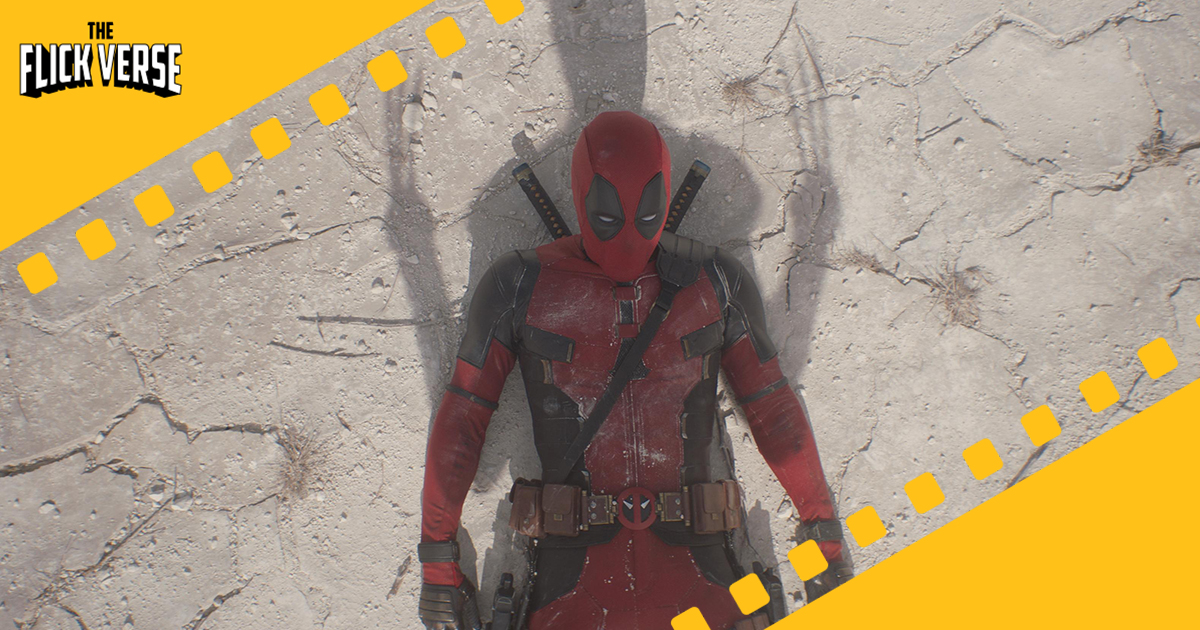
The 2024 Wolverine and Deadpool film has a significant impact on the broader X-Men franchise. By embracing the multiverse concept, it opens up possibilities for integrating various timelines and character iterations that have appeared throughout the series’ long history. This approach allows the film to pay homage to previous entries while charting its own course.
The movie’s exploration of alternate realities and variants of familiar characters provides a fresh perspective on the X-Men universe. It allows for the inclusion of fan-favorite elements and characters without being constrained by the continuity of previous films. This flexibility enables the filmmakers to craft a story that feels both familiar and innovative.
Moreover, the film’s success at the box office, with a worldwide gross of over $1.2 billion, demonstrates the enduring popularity of these characters and the X-Men franchise as a whole. It suggests that audiences are receptive to new interpretations and combinations of beloved superheroes, paving the way for future explorations of the Marvel multiverse.
In conclusion, the 2024 Wolverine and Deadpool film serves as both a continuation and a reinvention of the X-Men franchise. By drawing from previous entries while introducing new elements, it creates a unique viewing experience that honors the past while looking toward the future of superhero storytelling.
Exploring the Multiverse
The Wolverine and Deadpool 2024 film delves deep into the concept of the multiverse, offering a fresh take on this increasingly popular narrative device in superhero cinema. The movie expertly weaves together elements from previous X-Men films and the Marvel Cinematic Universe (MCU) to create a unique and engaging story.
Concept Explanation
At the heart of the film’s multiverse exploration is the Time Variance Authority (TVA), an organization introduced in the Loki TV series. The TVA’s role is to monitor and maintain the stability of multiple timelines within the MCU. In this film, the TVA serves as a bridge between different universes, allowing for the integration of characters from various Marvel properties.
The movie introduces the concept of “Anchor Beings,” individuals crucial to the stability of their respective universes. In Deadpool’s universe, Wolverine (as seen in Logan) served as this anchor. His death in that film has significant consequences, leading to the potential collapse of the entire timeline.
Plot Device Usage
The multiverse concept is not just a backdrop but a driving force in the plot. When Deadpool learns that his universe is in danger of being erased, he embarks on a quest across different realities to find a suitable replacement for the deceased Wolverine. This journey serves as both a comedic device and a means to explore different iterations of beloved characters.
The film introduces a new plot device called the “Time Ripper,” a powerful tool capable of quickly erasing entire timelines. This MacGuffin becomes the center of conflict, with various factions vying for control over its reality-altering capabilities.
Deadpool’s ability to traverse the multiverse is facilitated by a stolen TVA device known as a TempPad. This allows for seamless transitions between different realities, providing ample opportunities for humor and unexpected cameos.
3.Connections to Other MCU Properties
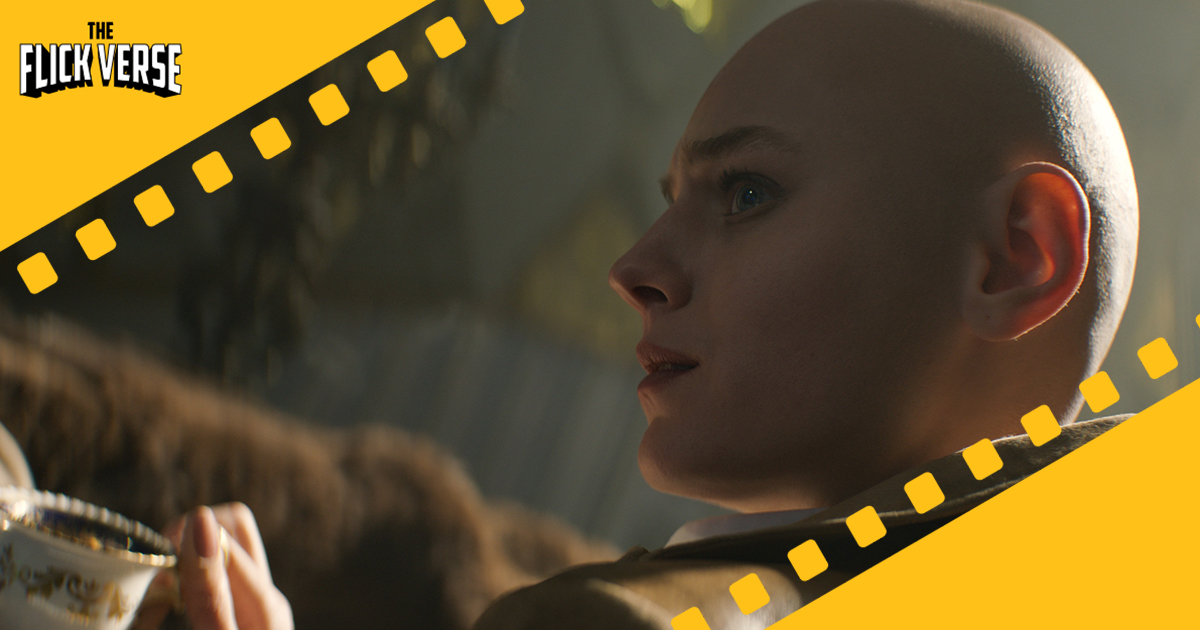
While the film largely stands on its own, it does make several connections to the broader MCU and Fox’s X-Men universe:
The TVA’s presence ties directly into the events of the Loki series, expanding on the organization’s role in maintaining multiversal stability.
A brief scene featuring Happy Hogan (Jon Favreau) places part of the story within the main MCU timeline, known as Earth-616.
The film pays homage to previous X-Men movies, including a poignant reference to the events of Logan.
The concept of variants, introduced in Loki, is explored through multiple versions of Deadpool and Wolverine from different universes.
The movie’s approach to the multiverse is refreshingly straightforward. As Deadpool humorously points out, the film avoids getting bogged down in complex rules or explanations. Instead, it focuses on the entertainment value of jumping between realities, allowing for creative storytelling and unexpected character interactions.
By the end of the film, the groundwork is laid for potential future crossovers between the X-Men characters and the MCU. The post-credits scene hints at Deadpool’s continued ability to traverse the multiverse, setting up possibilities for his appearance in upcoming MCU projects like Secret Wars.
In conclusion, Wolverine and Deadpool 2024 uses the multiverse concept to great effect, balancing humor, action, and character development while expanding the scope of Marvel’s cinematic landscape.
Fan Service and Easter Eggs
The Wolverine and Deadpool 2024 film is a treasure trove of references, callbacks, and hidden details that cater to both casual viewers and die-hard Marvel fans. This section explores the various ways the movie pays homage to its comic book roots, connects to the broader Marvel Cinematic Universe, and rewards eagle-eyed viewers with subtle nods and Easter eggs.
4. Comic Book References
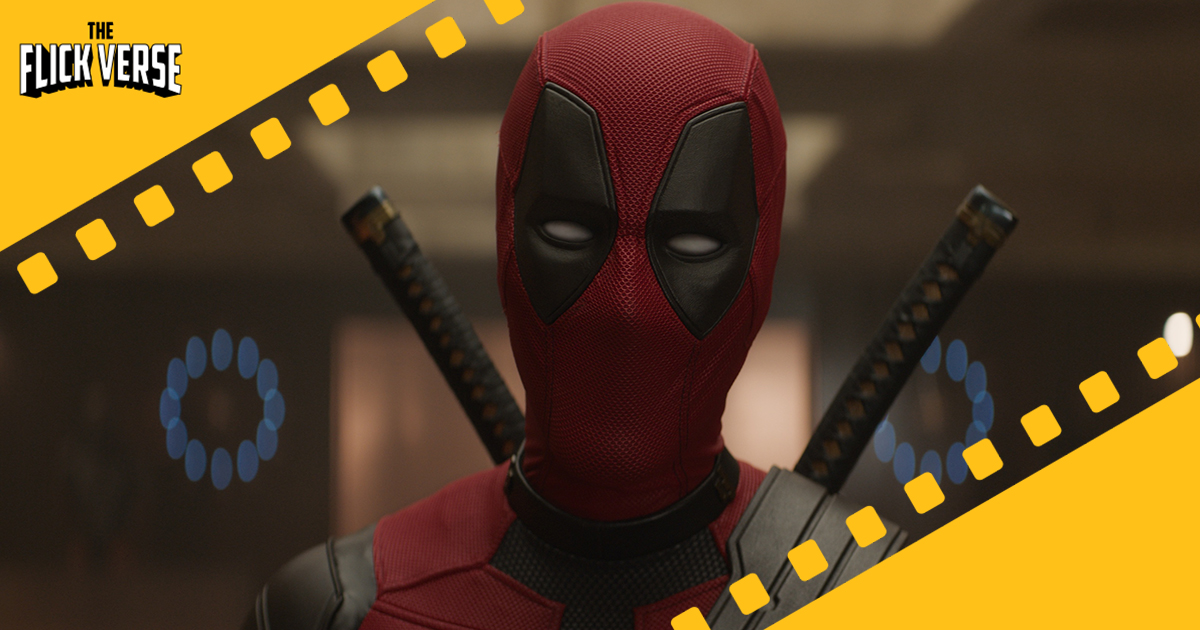
The film expertly weaves in numerous comic book references, bringing iconic moments and characters to life on the big screen. One standout scene features Deadpool encountering a variant of Wolverine tied to a large X, a direct nod to the cover art of “Uncanny X-Men” issue No. 251, which depicts a crucified Wolverine. This visual callback serves as a powerful link between the film and its source material.
Another significant comic book moment comes to life when Deadpool interrupts a fight between Hulk and Wolverine. This scene pays homage to Wolverine’s debut in issue No. 180 of “The Incredible Hulk,” while also recreating the iconic cover art from “The Incredible Hulk” volume one, issue No. 340. The brief moment cleverly shows Hulk’s reflection in the Wolverine variant’s claws, delighting fans familiar with the original artwork.
The movie also introduces various Wolverine variants, each referencing different comic book iterations of the character. One notable example is the Bond-esque Wolverine variant wearing a white suit and eye patch, a clear nod to the “Patch” alias Wolverine assumes in the Madripoor storylines from the comics.
MCU Callbacks
While firmly rooting itself in the X-Men universe, the film also makes several connections to the broader Marvel Cinematic Universe. The presence of the Time Variance Authority (TVA), introduced in the Loki TV series, serves as a bridge between different universes and allows for the integration of characters from various Marvel properties.
The movie features cameos from established MCU characters, including Jon Favreau’s Happy Hogan and Wunmi Mosaku’s Hunter B-15 from “Loki.” These appearances help to solidify the film’s place within the larger MCU framework and hint at potential future crossovers.
In a clever use of existing footage, the film incorporates a scene from “Thor: The Dark World,” repurposing it to show Thor cradling Deadpool’s broken body. This creative callback not only provides a humorous moment but also suggests potential future interactions between these characters in upcoming MCU projects.
5. Hidden Details
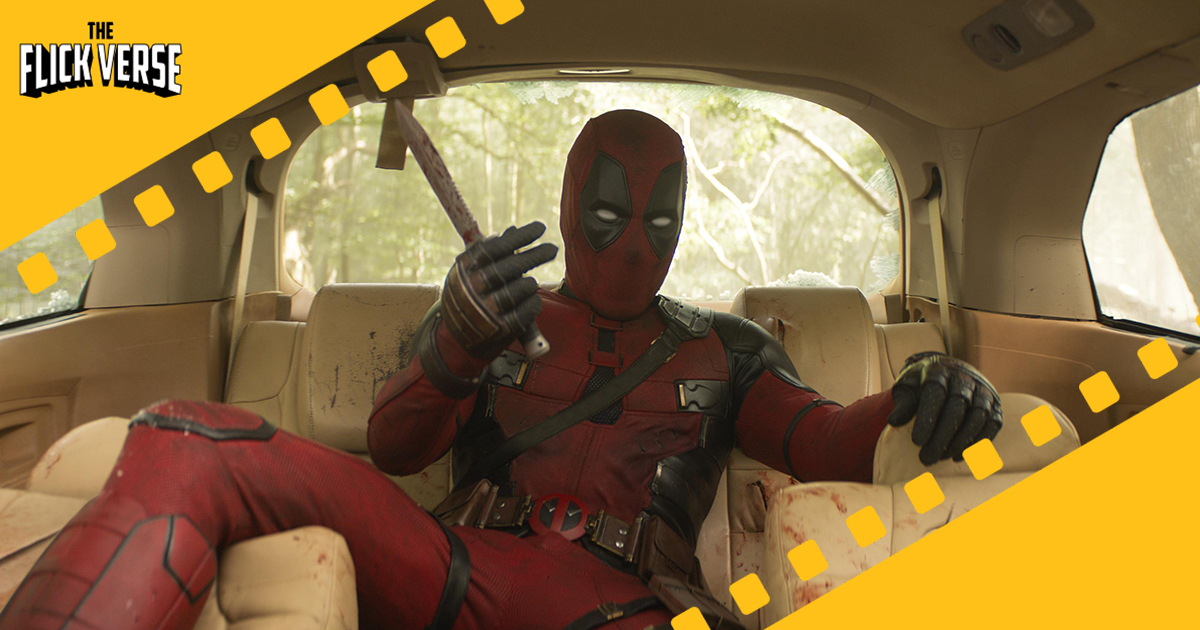
The film is packed with subtle details and Easter eggs that reward attentive viewers. One such detail is the appearance of a shop called Liefeld’s Just Feet, a playful nod to Deadpool co-creator Rob Liefeld and the long-running joke about his artistic style.
Keen-eyed fans might spot references to other Marvel properties in the background, such as the edge of Doctor Strange’s cloak on Cassandra Nova’s desk. The movie also includes visual nods to previous MCU films, with wreckage from Thanos’ ships and a crashed S.H.I.E.L.D. helicarrier visible in certain scenes.
The film’s post-credits scene and dedications also contain hidden gems. The credits include touching tributes to Henry Delaney, son of actor Rob Delaney, and production designer Ray Chan. Additionally, there’s a special acknowledgment of Len Wein for his significant contributions to the X-Men universe, addressing recent controversies surrounding creator credits.
These hidden details, along with the numerous comic book references and MCU callbacks, create a rich tapestry of fan service that enhances the viewing experience for Marvel enthusiasts while still maintaining an engaging narrative for all audiences.
6. Technical Aspects
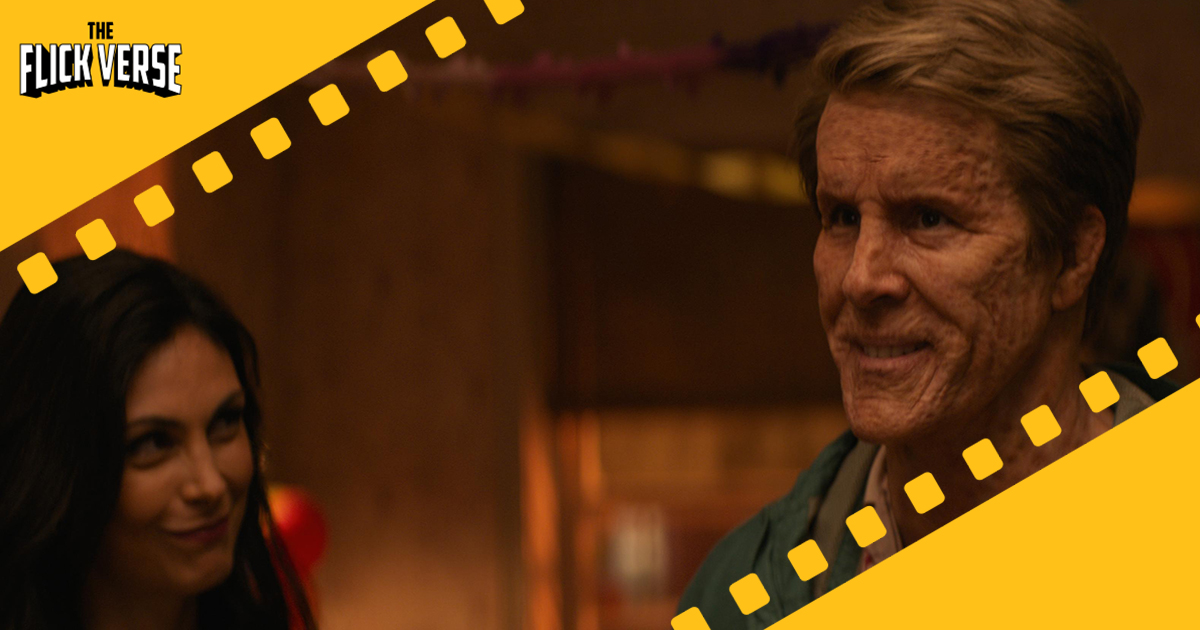
The Wolverine and Deadpool 2024 film showcases cutting-edge technical prowess, elevating the viewing experience to new heights. From groundbreaking special effects to immersive sound design and innovative editing techniques, the movie pushes the boundaries of cinematic technology.
Special Effects
The film’s visual effects team has harnessed the power of advanced artificial intelligence (AI) to create stunning visuals. This technological leap has transformed the VFX workflow, enabling real-time rendering and pre-visualization. As a result, filmmakers can now see effects instantly and make on-the-spot adjustments, streamlining the production process.
AI algorithms have significantly improved motion capture accuracy, reducing the need for extensive post-processing. This advancement has been crucial in capturing the fluid movements of Deadpool and the intense actions of Wolverine with greater precision. Deep learning algorithms have also enhanced facial animation, preserving the nuances of Ryan Reynolds’ comedic timing and Hugh Jackman’s emotional depth.
One of the most striking visual effects is the “hands through face” scene featuring Cassandra and Mr. Paradox. The team drew inspiration from comic book frames, meticulously crafting a cringe-worthy yet visually stunning sequence. The effect showcases every pore on Mr. Paradox’s face as Cassandra’s hands pass through it, with her fingers emerging from his nostrils, eyeballs, and ears. This scene exemplifies the film’s commitment to pushing visual boundaries while staying true to its comic book roots.
Sound Design
The sound design in Wolverine and Deadpool 2024 plays a crucial role in enhancing the viewer’s experience. The team, led by Supervising Sound Editors Ryan Cole and Craig Henighan, has created a rich auditory landscape that complements the film’s visual spectacle.
A standout feature of the sound design is its seamless integration with the film’s music. For action sequences set to popular songs, the sound team carefully crafted effects to match the rhythm of the music rather than strictly syncing with the visuals. This approach creates a more dynamic and engaging audio experience, particularly evident in the “Bye Bye Bye” fight scene.
The sound designers also faced the challenge of creating unique audio effects for iconic elements like Deadpool’s adamantium katana swords and Wolverine’s adamantium claws. They experimented with lower register sounds and distortion techniques to produce a distinctive clash that sets these weapons apart.
Vehicle sounds received special attention, with the team opting for “rat rod-type” engines to create a unique auditory identity for the film’s fantastical vehicles. The Fantastic Car, in particular, stands out with its playful nod to classic cartoon sound effects.
Editing Techniques
The editing of Wolverine and Deadpool 2024 has played a significant role in shaping the film’s narrative and pacing. Shane Reid’s meticulous editing has successfully balanced the movie’s trademark humor, action sequences, and emotional depth.
One of the key challenges in editing was maintaining a smooth transition between comedy, drama, and action without jarring the audience. The editing team focused on creating seamless transitions between scenes, carefully managing the emotional “runway” before ramping up to the next big moment.
AI-driven editing software has also contributed to the film’s post-production process. These tools can analyze raw footage, identify the best takes, suggest edits, and even match shots based on color grading and lighting. This automation has significantly streamlined the editing process, allowing for more efficient assembly of the film while maintaining a consistent visual style.
The editing team paid special attention to the film’s multiverse scenes, ensuring that the transitions between different realities felt cohesive and engaging. This approach has resulted in a cinematic experience that not only honors the legacy of these iconic characters but also pushes the boundaries of storytelling within the Marvel Cinematic Universe.
7. Cultural Impact
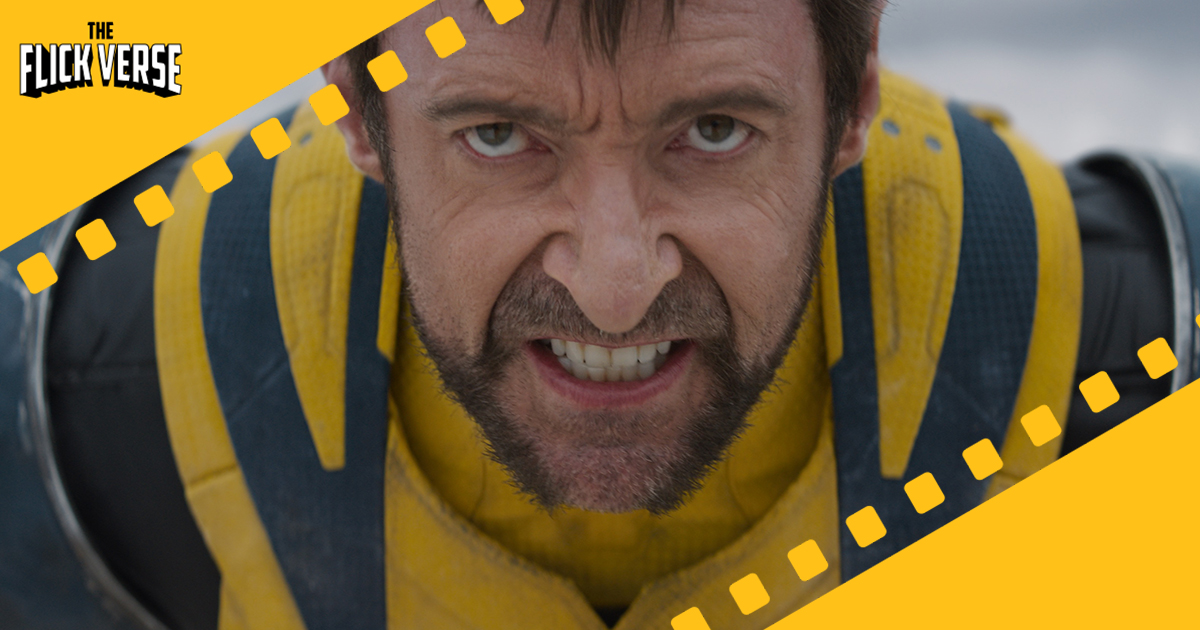
The Wolverine and Deadpool 2024 film has had a significant impact on the superhero genre and the broader cultural landscape. This movie has pushed boundaries and challenged conventions, leaving an indelible mark on the industry and audiences alike.
Superhero Genre Evolution
The film represents a significant evolution in the superhero genre. It stands out from typical costumed hero narratives by offering a different approach, reminiscent of the impact “The Crow” had in 1994. By combining R-rated content with beloved characters, the movie has expanded the possibilities for superhero storytelling.
The success of Wolverine and Deadpool 2024 has demonstrated that audiences are receptive to more mature and complex superhero narratives. This shift has opened doors for filmmakers to explore darker themes and more nuanced character development within the genre. The movie’s ability to balance humor, action, and emotional depth has set a new standard for superhero films.
R-Rated Comic Book Movies
Wolverine and Deadpool 2024 has cemented its place among the highest-grossing R-rated movies of all time. This achievement highlights the growing acceptance and popularity of adult-oriented comic book adaptations. The film’s success builds on the foundation laid by previous R-rated superhero movies like “Deadpool,” “Logan,” and “Joker.”
The movie’s performance has demonstrated that R-rated superhero films can be both critically acclaimed and commercially successful. This has encouraged studios to take more risks with mature content in comic book adaptations. However, it’s worth noting that not all R-rated superhero films have found success, indicating that quality and audience appeal remain crucial factors.
For More : Visit our Web Stories.
Alternative Movies Posters : Digital Download | Minimal Posters | Instant Download





